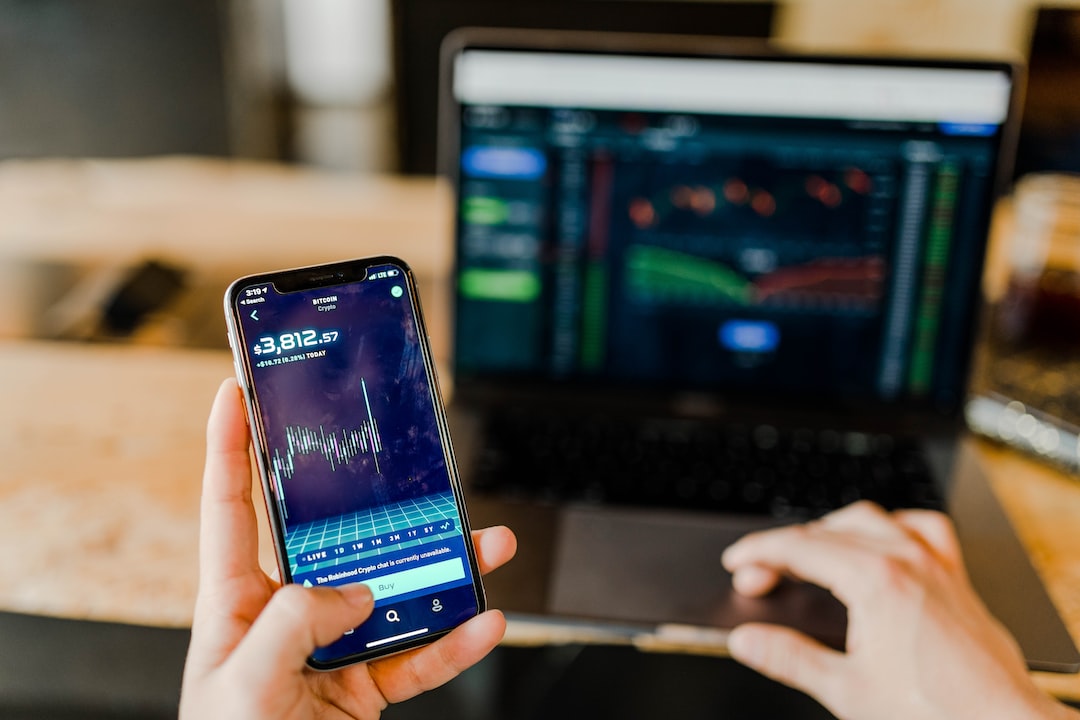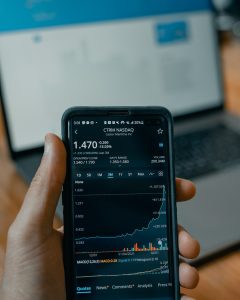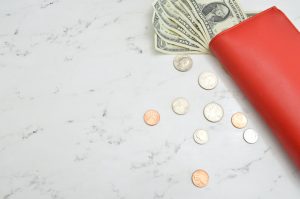Forex trading can be a profitable venture if done correctly, but it can also lead to losses if not approached with caution. One of the most confusing aspects of forex trading is why traders often lose more than they gain, even when the pip is the same on both directions. In this article, we will explore the reasons behind this phenomenon.
What is a pip?
Before we dive into the reasons behind losing more than gaining, let’s first understand what a pip is. A pip stands for percentage in point and is the smallest unit of measurement in forex trading. It represents the change in the exchange rate of a currency pair. For example, if the exchange rate of EUR/USD moves from 1.1000 to 1.1001, it is said to have moved one pip.
Why do traders lose more than they gain?
1. Spread
One of the main reasons traders lose more than they gain is due to the spread. The spread is the difference between the ask and bid prices of a currency pair. When you enter a trade, you do so at the bid price, and when you exit the trade, you do so at the ask price. The difference between these two prices is the spread, and it is the cost of trading.
For example, if the bid price of EUR/USD is 1.1000, and the ask price is 1.1001, the spread is one pip. This means that if you enter a long trade at 1.1001 and exit the trade at 1.1000, you will have lost one pip due to the spread.
The spread is usually determined by the broker, and it varies from one broker to another. Therefore, it is crucial to choose a broker with a low spread to minimize the cost of trading.
2. Stop loss
Another reason traders lose more than they gain is due to stop loss. A stop loss is an order placed to close a trade at a specific price to limit the loss in case the trade moves against you. It is a risk management tool used by traders to protect their capital.
However, stop loss orders are not always executed at the exact price specified. This is because the market can move quickly, and the price can skip over the stop loss level, causing the trade to close at a worse price.
For example, if you enter a long trade at 1.1000 and place a stop loss at 1.0950, you are risking 50 pips. If the trade moves against you, and the price drops quickly to 1.0940, your stop loss may not be executed at 1.0950, but instead, it may be executed at 1.0940, causing you to lose an extra 10 pips.
3. Leverage
Leverage is another reason why traders lose more than they gain. Leverage is the ability to control a large amount of money with a small deposit. It is a double-edged sword, and it can magnify both profits and losses.
For example, if you have a $1,000 account and use a leverage of 1:100, you can control a position worth $100,000. If the trade moves in your favor, you can make a large profit, but if it moves against you, you can lose your entire account.
Leverage can cause traders to overtrade and take unnecessary risks. It is crucial to use leverage wisely and never risk more than you can afford to lose.
Conclusion
In conclusion, traders lose more than they gain in forex trading due to several reasons, including the spread, stop loss, and leverage. It is crucial to understand these factors and manage them wisely to minimize losses and maximize profits. As with any investment, forex trading involves risk, and it is essential to approach it with caution and discipline.





